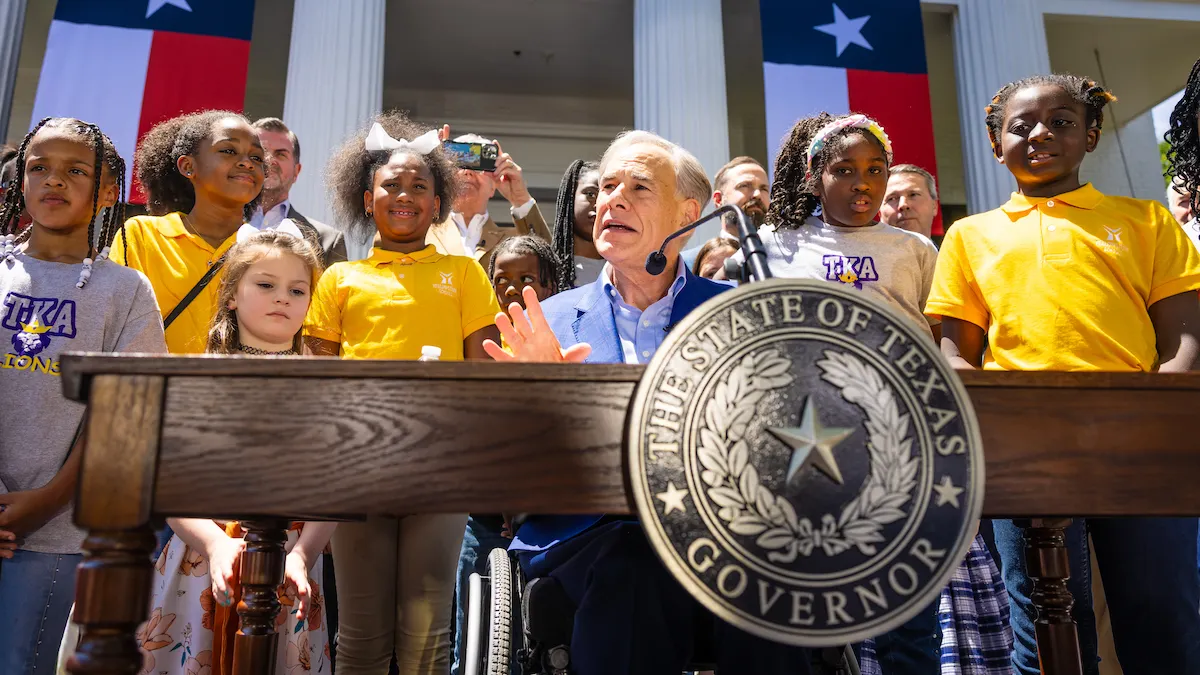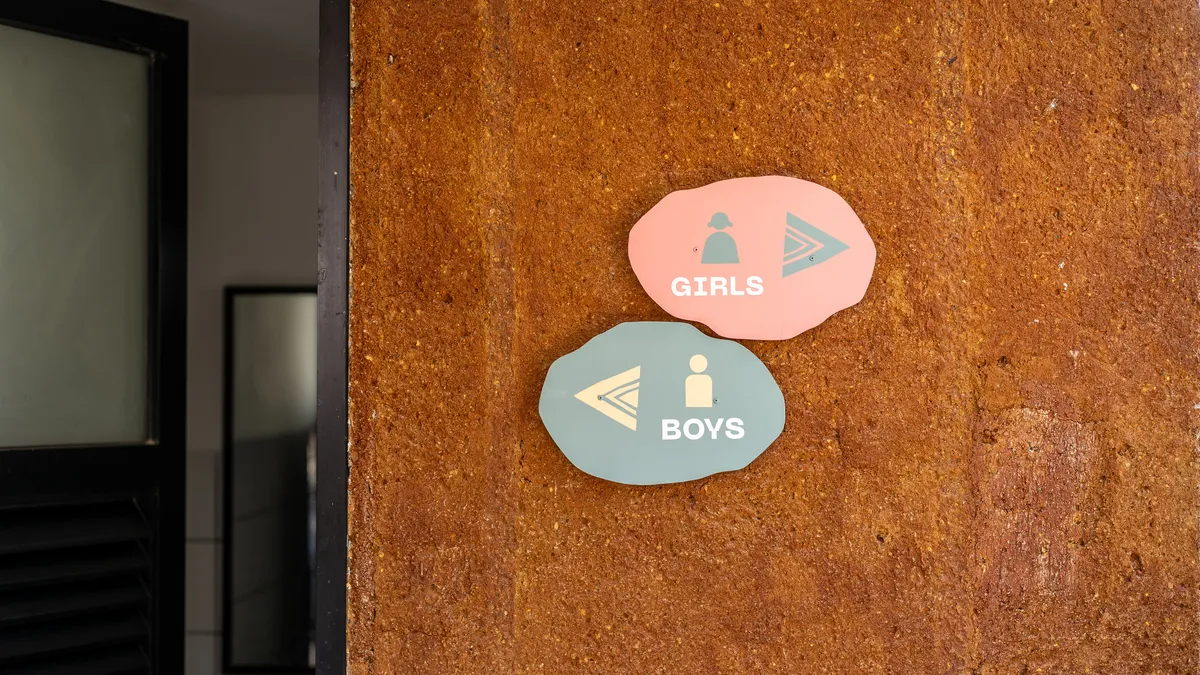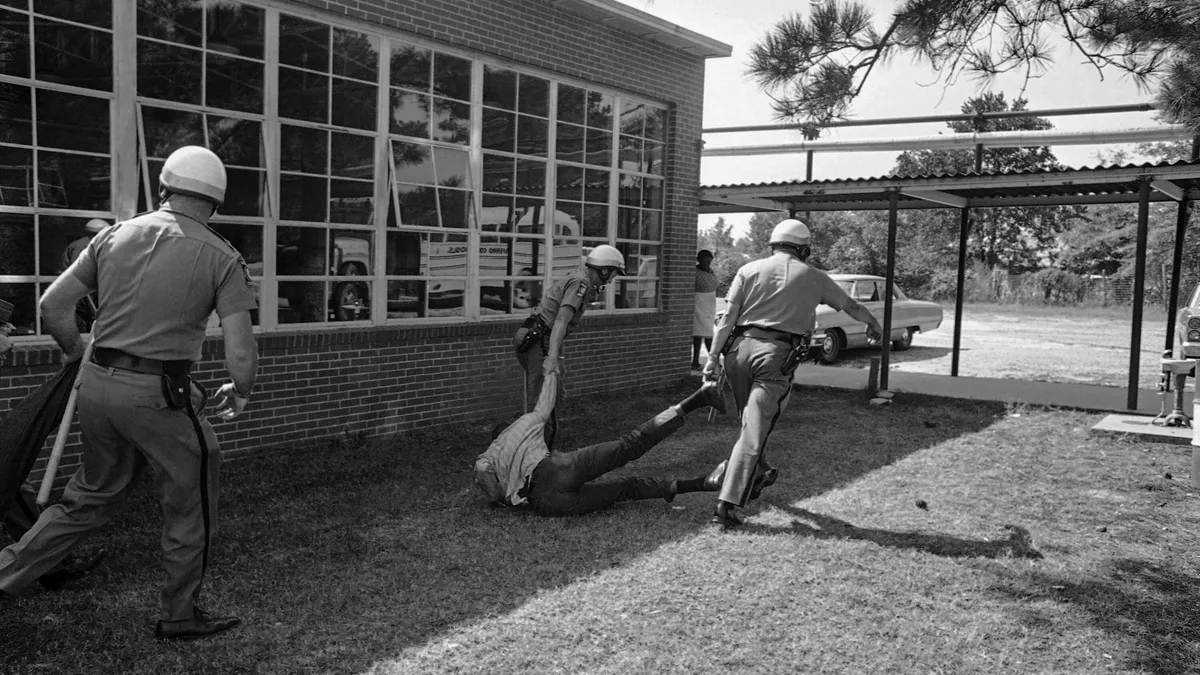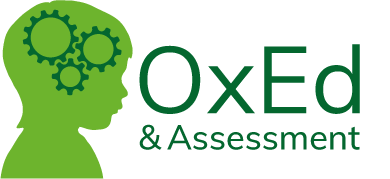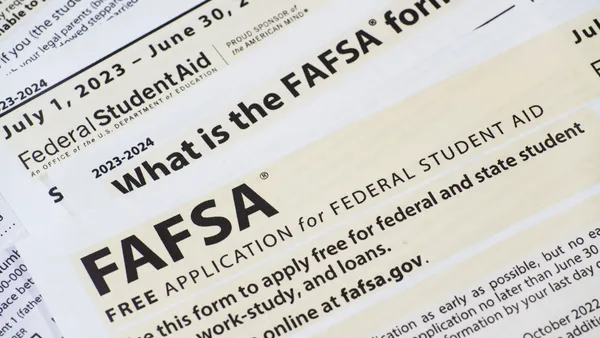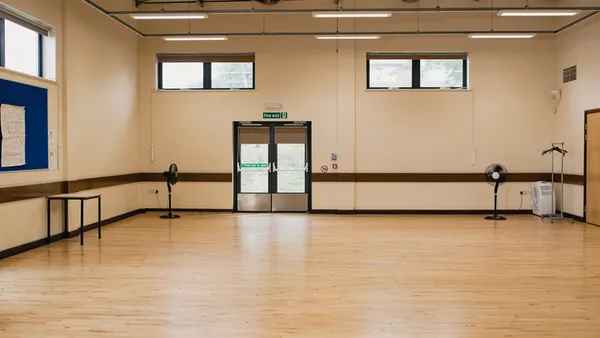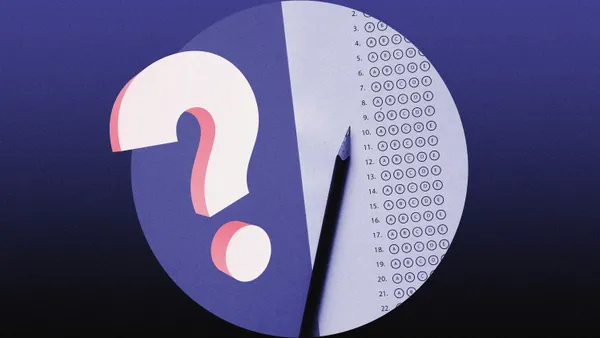Dive Brief:
- State efforts to establish or beef up existing private school choice programs are ramping up at a time when the Trump administration has championed school choice as a way to “escape a system that is failing” and wants to pass education's reins to the states with little federal oversight.
- Earlier this month, Texas Gov. Greg Abbott signed a sweeping $1 billion universal private school voucher program to take effect in the 2026-27 school year. Texas is among at least five Republican states — including Idaho, Indiana, Tennessee and Wyoming — that have enacted legislation expanding private school choice this year, according to FutureEd, a Georgetown University analysis and research center, which tracks the issue.
- On the federal level, House Republicans this week proposed a federal initiative costing billions to support private school vouchers. It would be the first nationwide voucher program, according to Samantha Jacoby, deputy director for federal tax policy for the Center on Budget and Policy Priorities.
Dive Insight:
Legislators introduced 114 bills across 30 states this year aiming to expand, revise or limit private school choice, per FutureEd's count. In 2024, 44 states and territories introduced 561 bills on expanding school choice, including private educational choice, according to the National Conference of State Legislatures. Out of those, 21 private choice bills were enacted last year.
The Texas program is the "largest day-one launch in the country," according to Abbott. The universal program — meaning it's available to families regardless of income — would provide up to $10,000 for families with students in private schools and an additional $1,500 for students with special needs.
Voucher programs such as Texas' let K-12 students use state funds to attend private schools, including religious ones, worrying public school advocates who say money is being siphoned away from traditional public schools.
"Every laid-off educator and shuttered neighborhood school" is a "self-made disaster," said Zeph Capo, Texas American Federation of Teachers president, in a joint May 3 statement after Abbott signed Senate Bill 2. Likewise, Rick Levy, president of the Texas American Federation of Labor-Congress of Industrial Organizations, called the program a "scam that will cut billions from our public schools."
Programs similar to the Texas one were initially created to provide access to private schools for underserved students. In the Texas program, if applications exceed available funds, state dollars will be prioritized for families earning below 500% of the federal poverty level, or about $160,000 annual income for a family of four, as well as for students with disabilities.
However, critics say some state programs don't always reach the most marginalized students. A report released this month by the Oklahoma Tax Commission shows that a school choice program is expected to benefit over 9,400 students from families earning more than $250,000 next school year. Meanwhile, only 260 financially disadvantaged students and 17 homeless students got approved for the program, which was created in 2023 through the Oklahoma Parental Choice Tax Credit Act.
On the federal level, the GOP plan would provide a federal tax incentive for donors who contribute money or stock to the program. Donors would get credit for 100% of the amount they donate, meaning "the federal government pays the full cost of the vouchers," said Samantha Jacoby, deputy director for federal tax policy for the Center on Budget and Policy Priorities, in an email.
If a wealthy person bought $100,000 in stock that is now worth $1 million, Jacoby gave an example, that $1 million in donated stock would be met with a $1 million tax credit.
The proposal is part of a broader reconciliation bill making its way through the House Appropriations Committee that still has a long way to go. However, since Republicans control both branches of Congress, it's possible some Republican-backed measures push through.
These state and federal efforts support the executive order that President Donald Trump issued on school choice upon beginning his second term in January, calling universal K-12 scholarship programs “the most promising avenue for education reform." Trump's order directed agencies to determine how existing funds could be used to expand school choice options.
Such policy changes have contributed to a worsening financial outlook for K-12 public schools, adding to existing financial pressure on traditional schools and potentially reducing state funding in some places, according to a Moody's report released last month.
The April report warned traditional school districts will have “a limited menu of options to respond to pressure,” including tapping into reserves, cutting expenses or going to voters with fiscal requests. Funding cuts may lead to districts reducing services, the report said.



